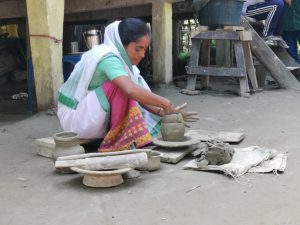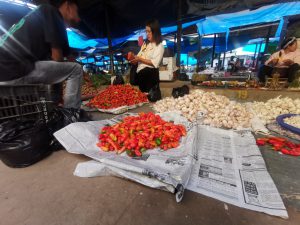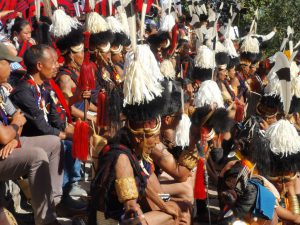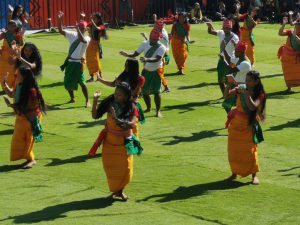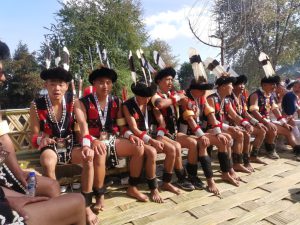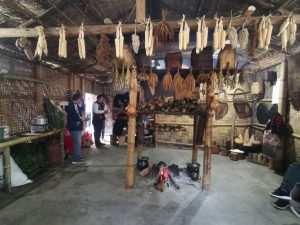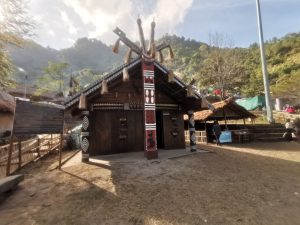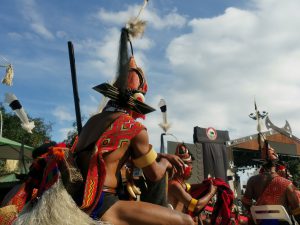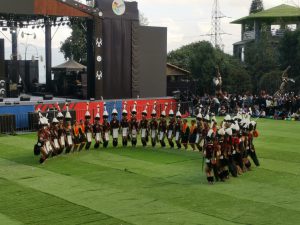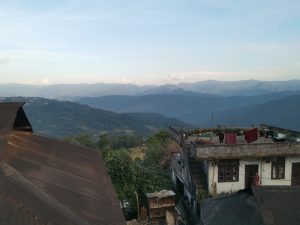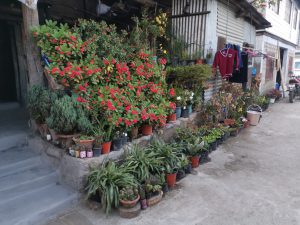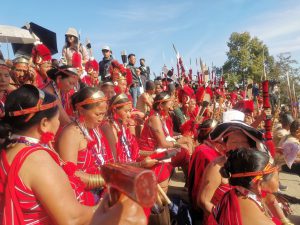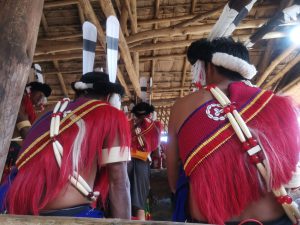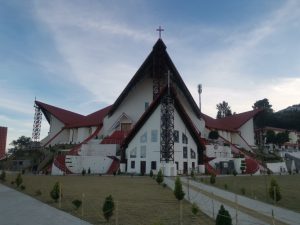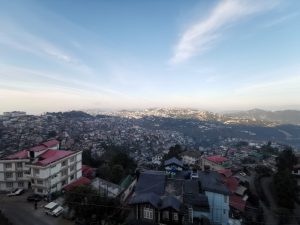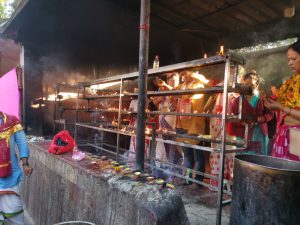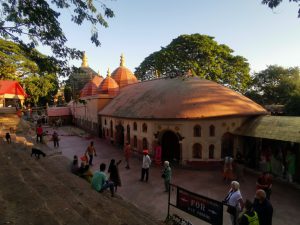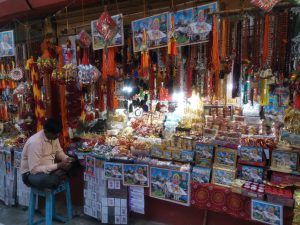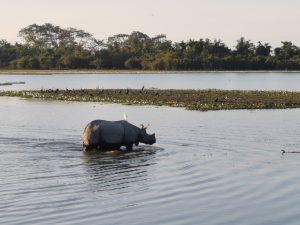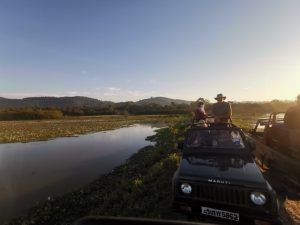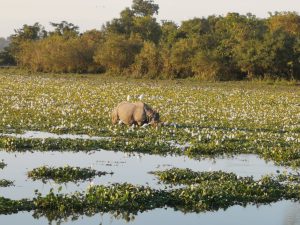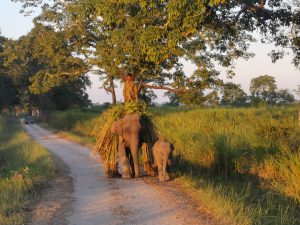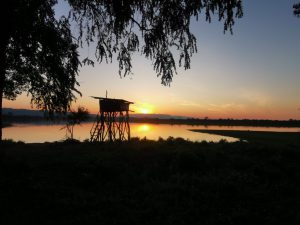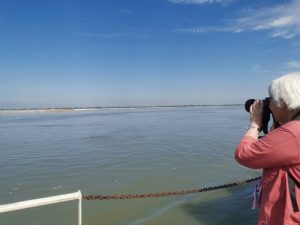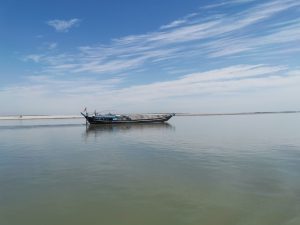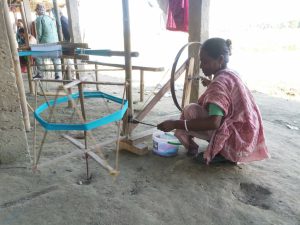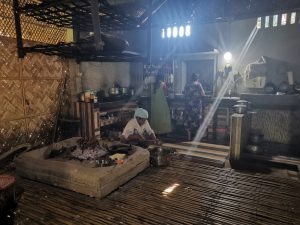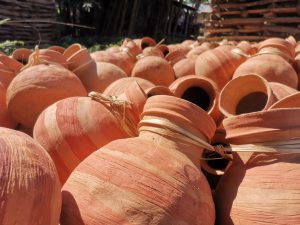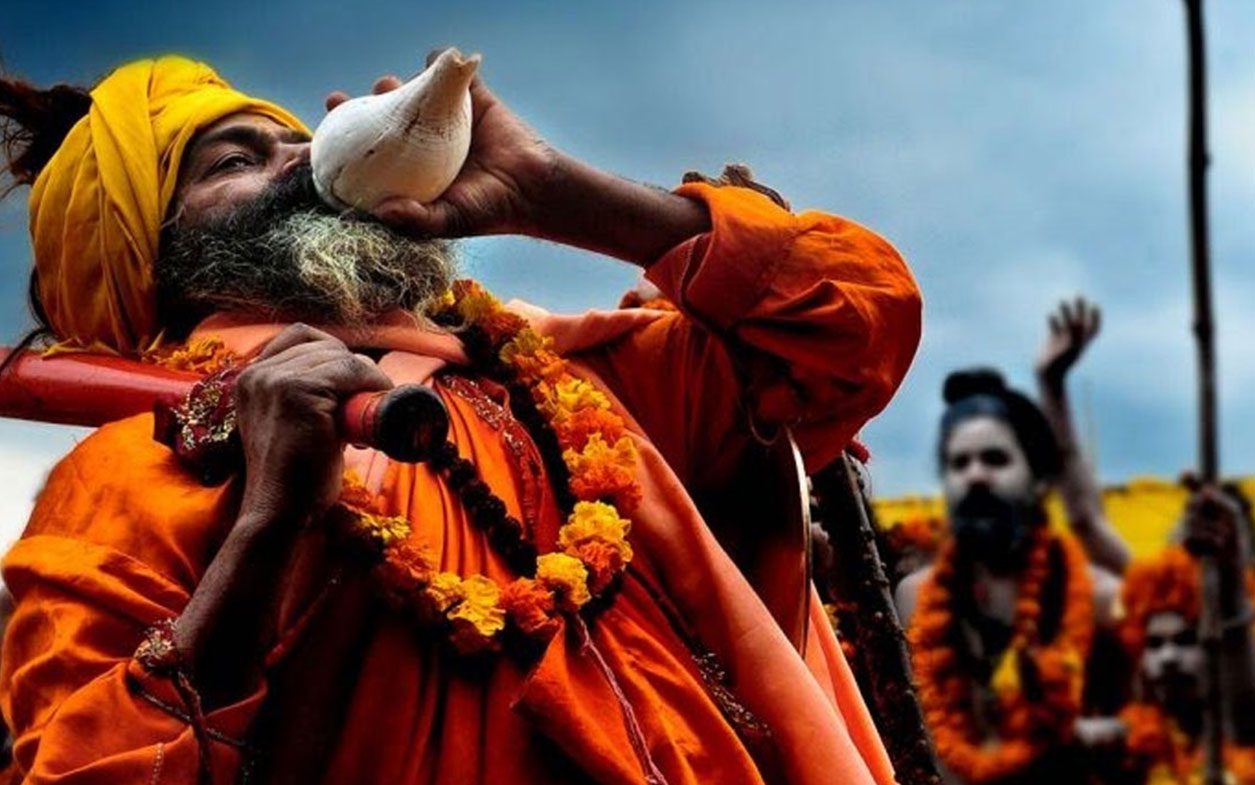
art of travel
What’s New
STAYS TO WATCH OUT FOR
New Hotels
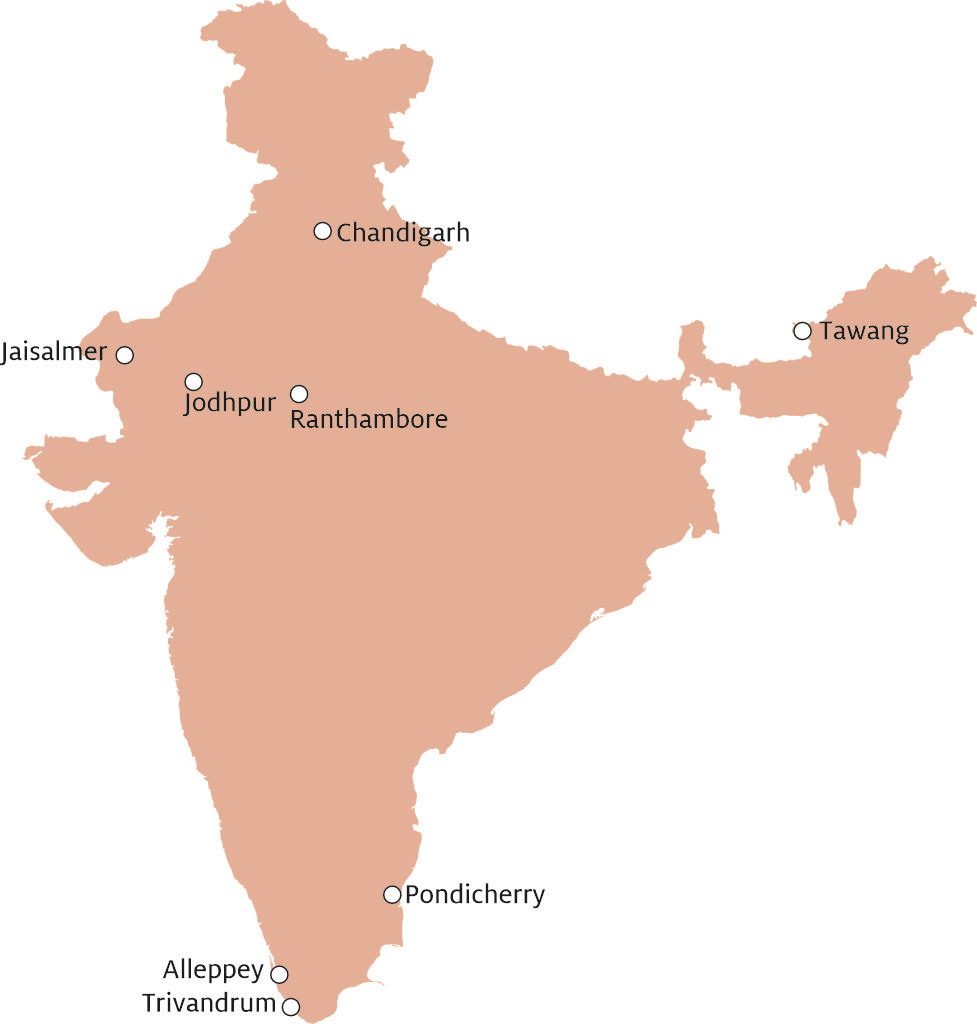
- Anchorage 42, Chandigarh, Punjab
- Bookmark Jogi Mahal Resort, Ranthambore, Rajasthan
- Sukh Sagar Haveli, Jodhpur, Rajasthan
- Gorbandh Palace – IHCL SeleQtions, Jaisalmer, Rajasthan
- Vivanta Arunachal Pradesh, Tawang, Arunachal Pradesh
- Résidence de L’Eveche by CGH Earth, Pondicherry
- Blue Jelly – TOPAZ Houseboat, Alleppey, Kerala
- The Mundanad House, Trivandrum, Kerala
We Are Excited About
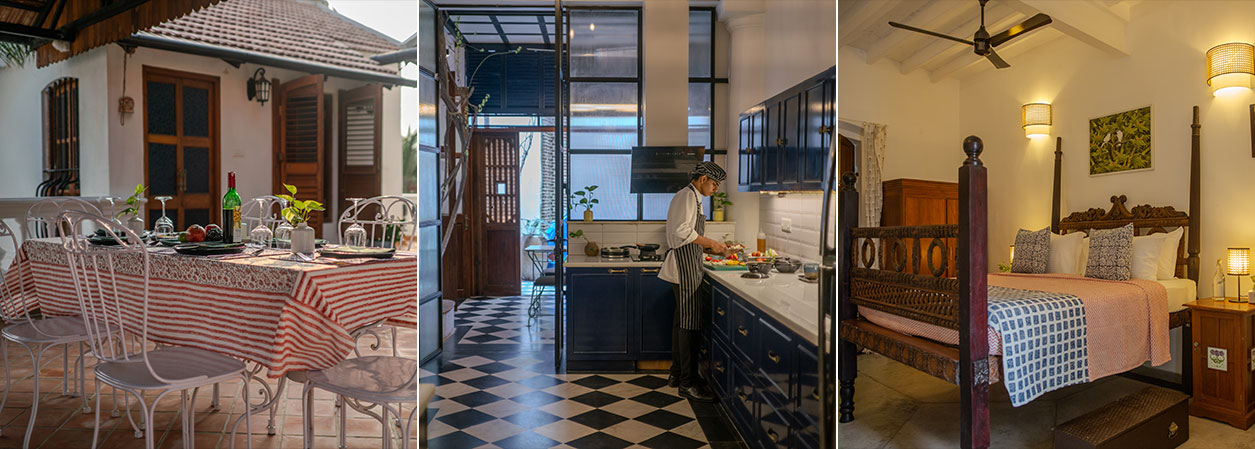
Résidence de L’Eveche, Pondicherry, Tamil Nadu
Recently, CGH Earth has opened its third property in Pondicherry, Résidence de L’Evêché. Restored to its old-world colonial charm, Résidence de L’Evêché is a historic landmark in the heart of Pondicherry’s French Quarter. With its rich history dating back to the 1790s, the villa has been home to the erstwhile Archbishop of the region and the Goubert family (after whom the famous Goubert market is named). Résidence de L’Evêché distinct pink and white façade, the indigo front door coupled with the period furniture and contemporary artworks is sure to take guests on a journey to Pondicherry’s glorious past. The villa comes across as a little different from the other two properties of CGH Earth in Pondicherry as it is an exclusive single-key residence. Two bedrooms have private balconies that open to the quaint streets of the French town while one room has access to a private terrace. It is as good as getting a residence for oneself!
Write to your relationship manager for more details
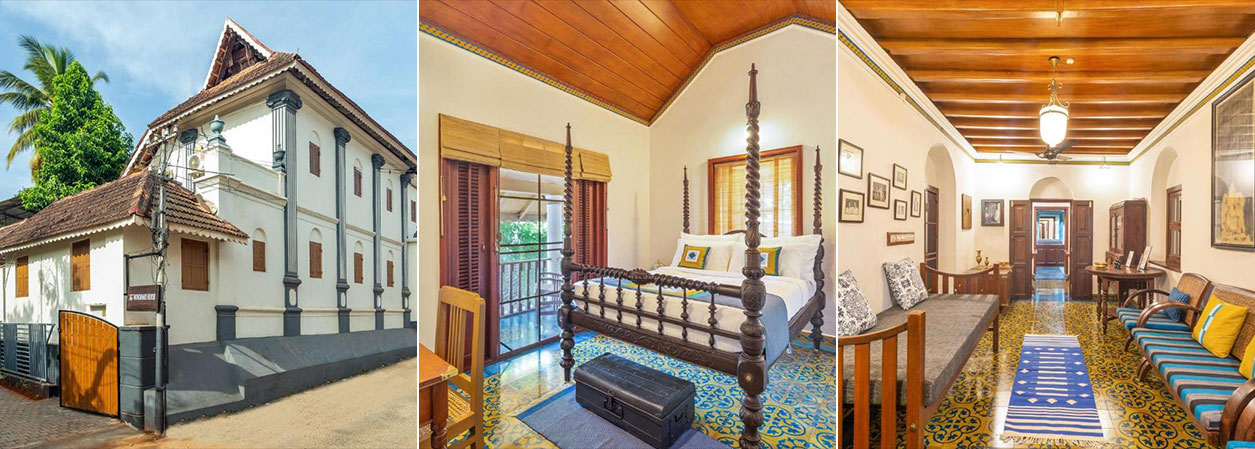
The Mundanad House, Trivandrum, Kerala
A 130-year-old house that has been painstakingly renovated and restored over a span of five years, The Mundand House is the ancestral home of filmmaker Latha Menon. This 3-bedroom historical home, which is ideally located close to Trivandrum’s main tourist attractions, is a treasured family heirloom that has preserved the moments, stories, and memories of many generations. Experience a traditional lifestyle built on an Agraharam with living areas, multiple cosy and airy sit-out spaces, a fully equipped kitchen, and a dining area. Like any other Indian house, in the centre of the house is an Aangan (courtyard) with a Tulsi plant where rituals and festivities or general gatherings would take place.
Write to your relationship manager for more details
EXPERIENCES TO WATCH OUT FOR
New Experiences
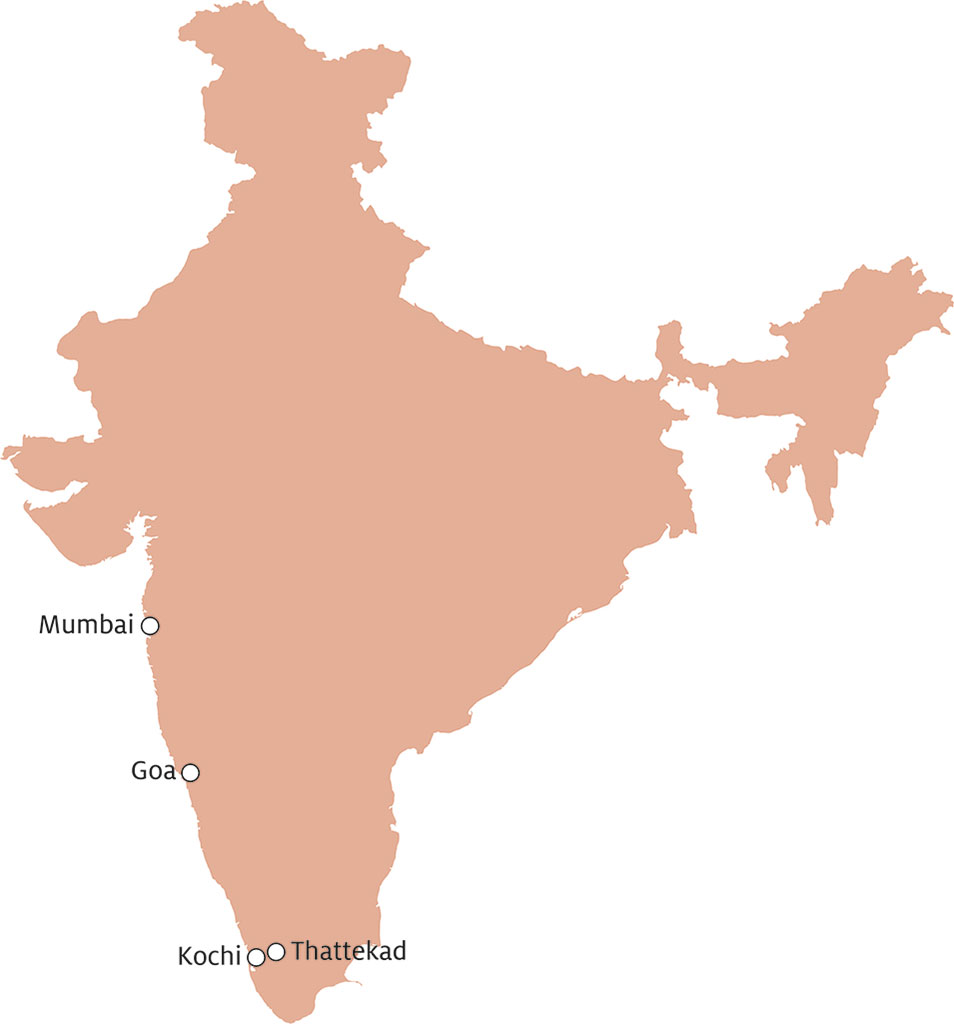
- The Art of Metal Inlay, Jaipur, Rajasthan
- Painting with Gold, Jodhpur Rajasthan
- Craft Your Wildlife Stationary Set, Kanha, Madhya Pradesh
- Print your Tote Bagh, Panna, Madhya Pradesh
- Go fishing with locals, Goa
We Are Excited About
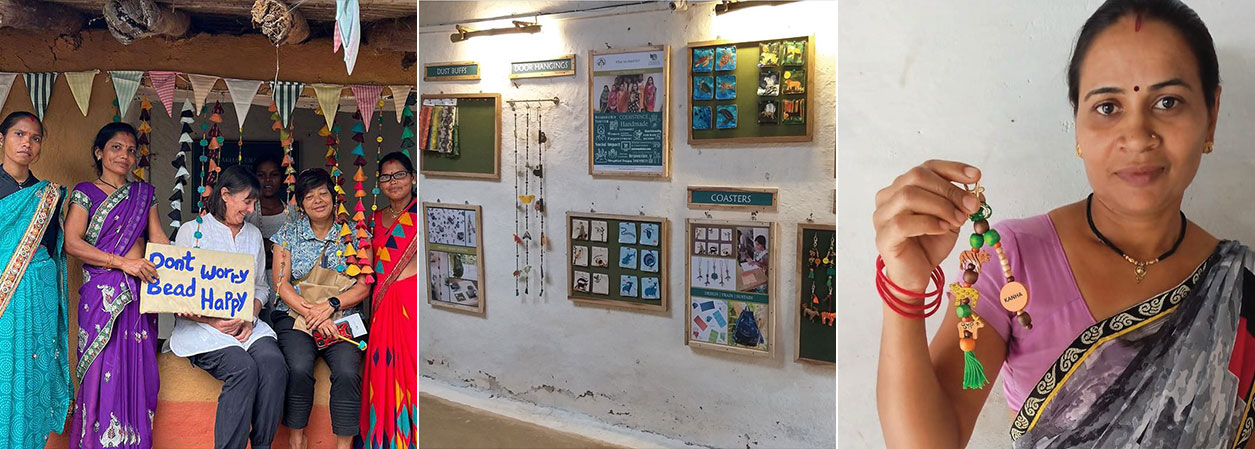
Craft Your Wildlife Stationary Set, Kanha, Madhya Pradesh
Beadwork is an engaging and therapeutic activity wherein you can lose track of time while creating your work. If you are a stationery lover, this workshop is a one-of-a-kind experience for you. Create your own stationery set – decorate a notebook, make your own beaded bookmark, two small magnets, and a pugmark zip charm to hang on a pouch or bag under the watchful eyes of a local artisan. Carry home some fond memories of Kanha and a unique Wildlife Stationery kit to gift yourself or a stationary lover.
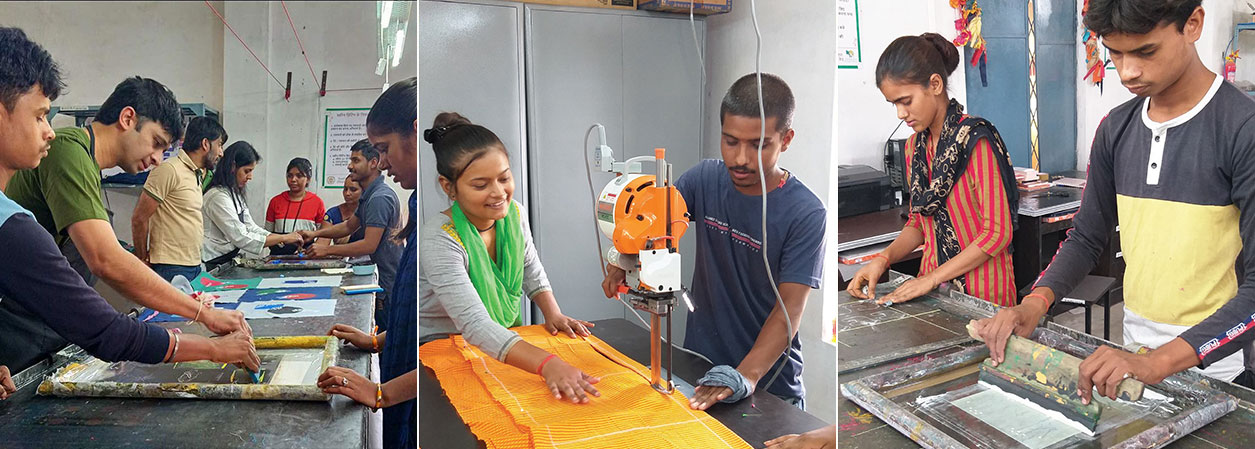
Print your Tote Bag, Panna, Madhya Pradesh
If you support and appreciate handmade products and want to understand the efforts that go behind the scenes, then this is the workshop for you! Print your own bag under the watchful eyes of screen-printing artisans from a remote village near Panna. The most iconic elements of Panna are captured in screens as designs for you to choose from, like waterfalls, temples, tigers, etc. Take home a memory of your visit to the Panna National Park and admire the hard work that goes into the art of screen printing.
Write to your relationship manager for more details
ITINERARY OF THE MONTH
Maha Kumbh Mela 2025
The largest peaceful assembly of humanity in recorded history
Delhi – Jaipur – Agra – Lucknow – Prayagraj – Varanasi – Delhi
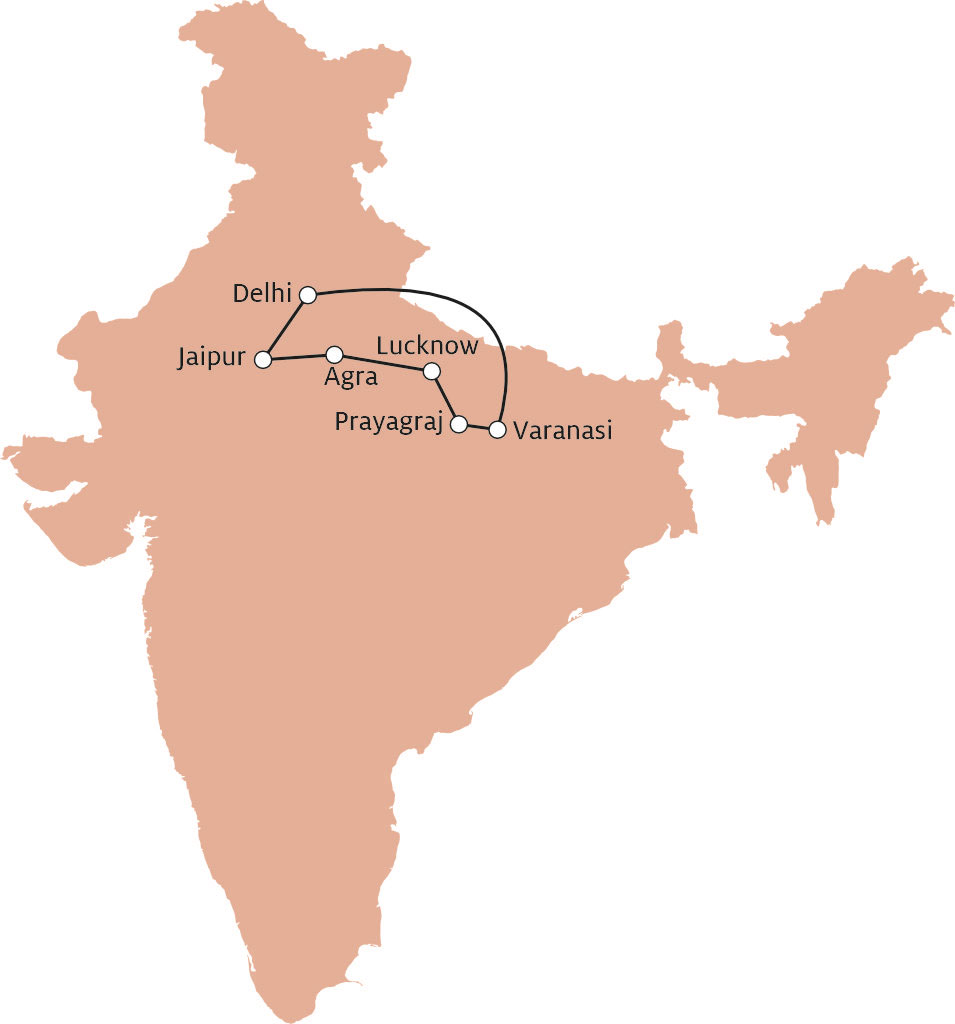
Highlights of the Tour
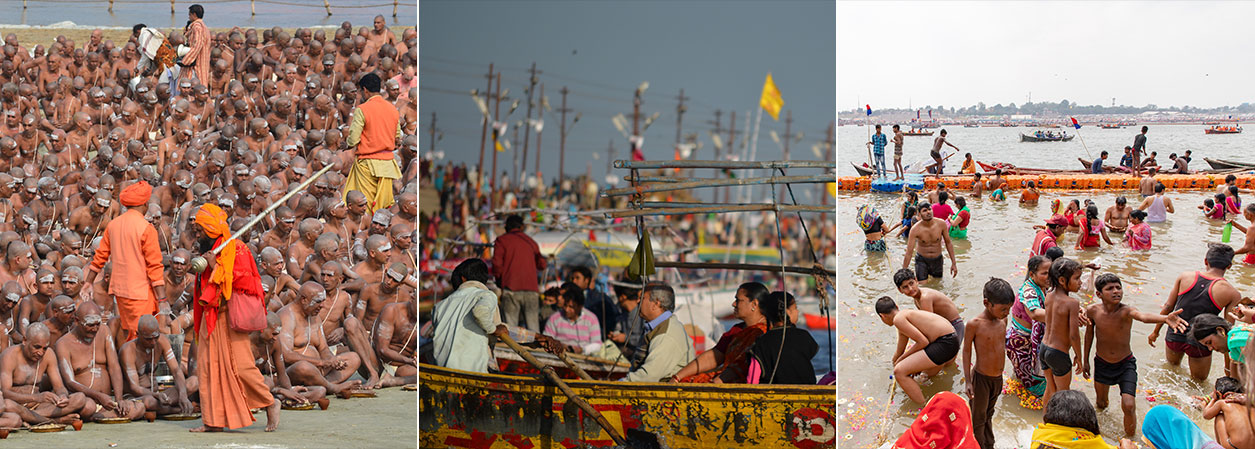
- Rediscover Delhi through the specially curated full day tour by our Destination Knowledge Centre
- Rediscover Jaipur through the specially curated full day tour by our Destination Knowledge Centre
- Spend time at the Taj Mahal, one of the Seven Wonders of the World
- Explore the quintessential Lucknow, a city full of grace and charm with its share of history and plurality.
- Witness the grand event of the Maha Kumbh Mela and how faith moves people in India in more ways than one.
- End the tour at Varanasi, one of the world’s oldest continuously inhabited cities and the spiritual capital of the Hindus.
Write to your relationship manager for more details.
NEW FLIGHTS

- Delhi – Ayodhya – Delhi daily non-stop by Indigo Airlines
- Bengaluru – Gwalior – Bengaluru sector daily non-stop by Air India Express
Write to your relationship manager for more details
TRAVEL REPORTS
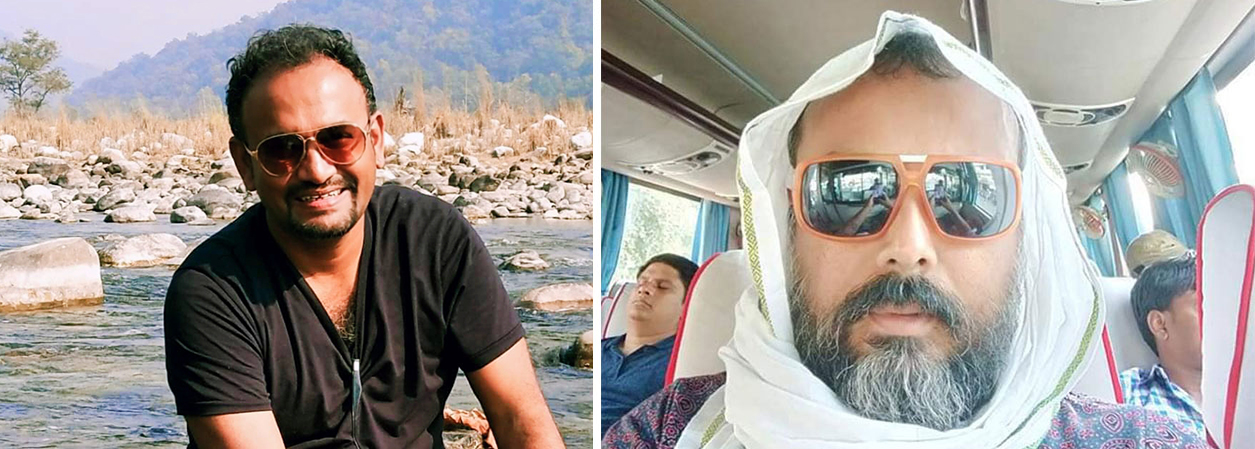
Get in touch with your relationship manager to access the Travel Reports on GOA by Jay Kumar, Head of Product, Destination Knowledge Centre and KERALA by Kuntil Baruwa, Explorer, Destination Knowledge Centre
Stories from India
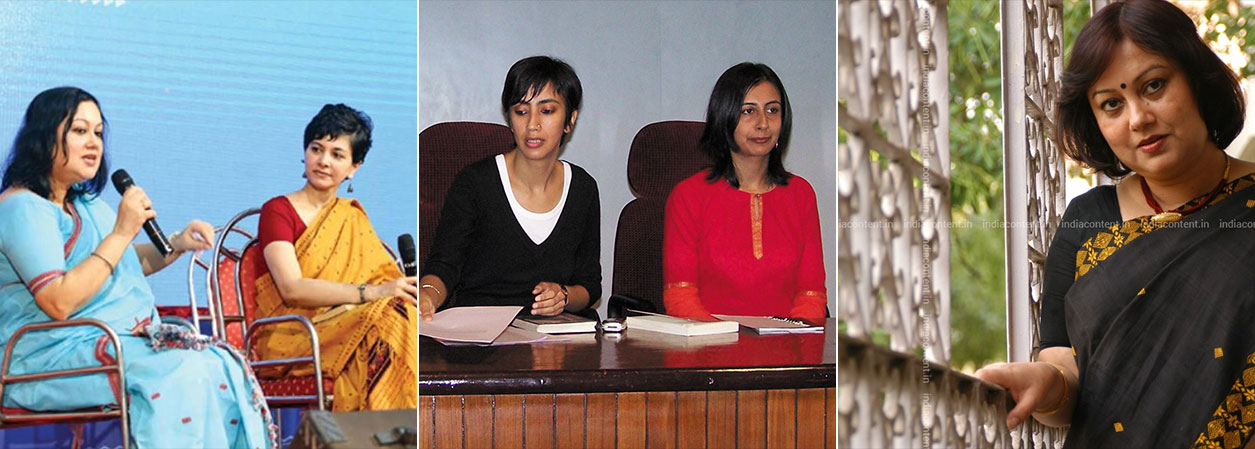
English Fiction and Women Writers of Northeast India
English fiction writing from Northeast India may still be in its infancy but it is different from the rest of India given its themes. The geographic and political isolation of Northeast India, its multi-ethnic and multi-lingual cultures, and issues that are unique to the region’s volatile history of political, economic, and social turmoil encapsulate a complexity that makes for brilliant fiction writing. Another interesting fact is that a majority of the contemporary fiction writers of Northeast India are women. They all come from affluent backgrounds and are highly educated with a cosmopolitan view.
Women writers from Meghalaya, Assam, Nagaland, and Arunachal Pradesh have been producing brilliant works of English fiction for close to two decades now. Their literary work revolves around life in their highly heterogeneous societies, kinships, friendships, ancient tribal customs, familial ties, and the conflict that has become endemic to Northeast India. Temsula Ao and Easterine Kire are two prominent writers from Nagaland. Ao’s “These Hills Called Home” (2006) and “Laburnum for My Head Stories” (2010) and Kire’s “A Naga Village Remembered (2003), A Terrible Matriarchy (2007), Mari (2010), and “When the River Sleeps” (2014) are a fascinating insight into the tribal ethos of Nagaland which is home to 16 major tribes and many smaller tribes each with their own distinct identity. The writings of Anjum and Daisy Hasan of Meghalaya present an outsider’s perspective as they ethnically don’t belong to the state. “Lunatic in My Head” (2007), Neti Neti (2009), “The To-Let House” (2010), “Difficult Pleasures” (2012), and “The Cosmopolitans” (2015) of the sister duo talk about xenophobia in Northeast India, the angst of the younger generation and biases that people of Northeast India face in mainland India. Another notable name in fiction writing from Meghalaya is Janice Pariat. Her debut collection of short stories “Boats on Land” (2012) is a brilliant intertwining of multiple themes from political turmoil to identity politics, love, longing, and nostalgia, and relationships, to existential crisis, sexual yearnings, and mysticism.
The backdrop of fiction writers Mitra Phukan and Jahnavi Barua from Assam are the insurgency movements and the fragile ecological riches. Phukan’s “Terrorist Camp Adventure” (2003), “The Collector’s Wife” (2005), and “A Monsoon of Music” (2011) and Barua’s “Next Door Stories (2008), and Rebirth (2010) have brought them national and international accolades. Another writer who left an undeniable mark in English fiction writing from Northeast India and inspired many was Mamang Dai (1952-2020). A retired bureaucrat and a pioneering responsible tourism entrepreneur from Arunachal Pradesh, her “The Legends of Pensam” (2006), “Stupid Cupid” (2009), and “The Black Hill” (2014) drew inspiration from the oral traditions and folktales of her tribe.
Some of the upcoming writers of Northeast India are Teresa Rehman of Assam (The Mothers of Manipur, 2017), Yishi Doma of Sikkim (Legends of the Lepchas: Folk Tales from Sikkim, 2014), and Malsawmi Jacob of Mizoram (Zorami, 2014) who writes about insurgency, women in conflict zones, identity politics and other issues related to women in Northeast India.
Sustainability and Us
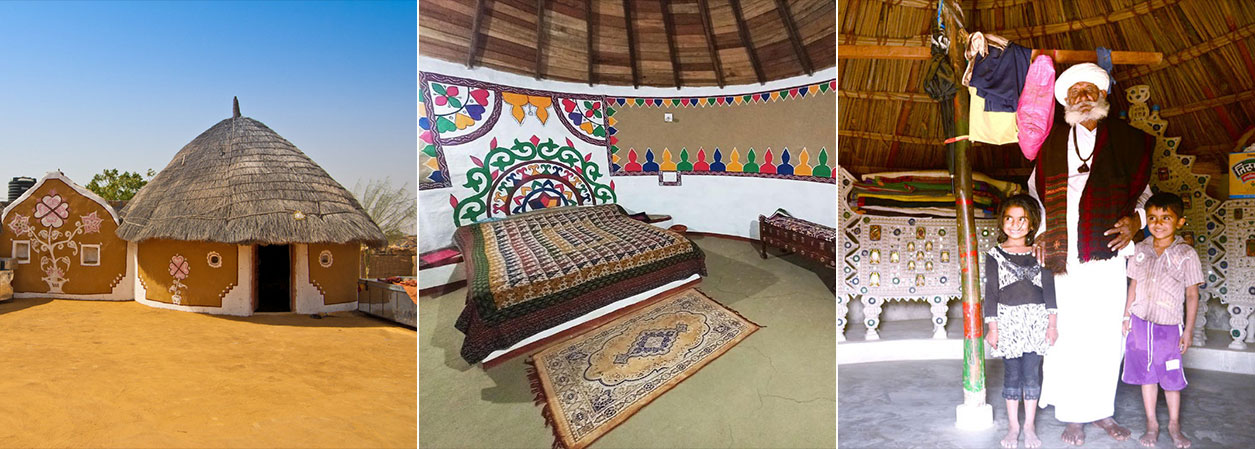
Bhungas, the Sustainable mud houses of Rann of Kutch, Gujarat
By Inderjeet Rathod, Product Manager, Destination Knowledge Centre
The Kutch region of Gujarat is renowned for a particular type of mud house in the countryside known as Bhungas. These traditional mud houses, circular in shape and covered with a thatched roof are said to be climate-proof! They not only protect the inhabitants from sandstorms and cyclonic winds but also keep the interiors warm in winter and cool in summer. The most important feature of the Bhungas is that they can stay intact even in the event of an earthquake, keeping the people inside and their belongings safe.
In fact, the origin of Bhungas goes back to the devastating earthquake of 1819 in the Kutch region. Though the quake lasted only three minutes, there were multiple aftershocks all over causing considerable damage. The destruction led the people of Kutch to design circular mud houses called Bhungas, which can withstand earthquakes, and they have been in use for 200 years now.
The people of the Kutch region build these Bhungas using locally available materials like clay, bamboo, timber, etc. The walls and floor are made using clay mixed with the dung of a cow or camel or horse. A typical Bhunga has a single cylindrical-shaped room with a conical roof that is placed on two thick wooden posts across the circular walls bearing the weight of the roof. The thatched roof is built on top of the walls resting on a spiral frame using bamboo sticks to form a cone. These sticks are tied together with dried grass rope and a thick layer of grass is placed on the roof. The walls of a Bhunga are also made of bamboo sticks which are held together with dried grass ropes. Then cow dung and mud are used as the wall plaster. Wooden framed windows are set at a lower level for cross ventilation. The low-hanging roofs cover the walls against direct sunlight and add to the insulation from the environment. The exterior walls are adorned with colourful paintings while the interiors are decorated with exquisite white mud and mirror work called mattikam. This use of mirrors enhances the light inside the mud house and white clay makes it appear spacious.
Bhungas showcase the knowledge and wisdom of the people of Kutch of integrating climate, social life, crafts, and architecture in building sustainable homes for themselves to live in.
Explore
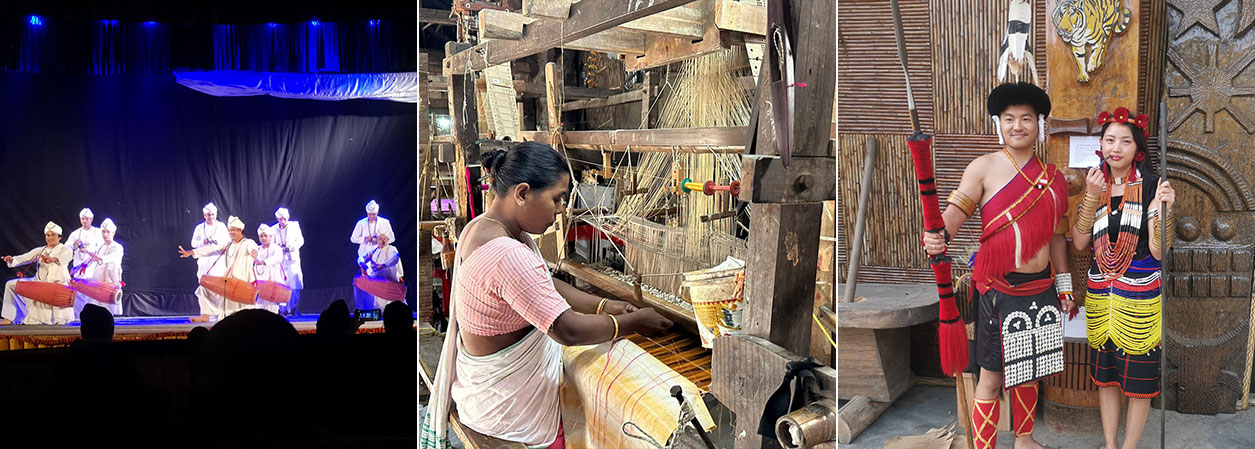
EAST BY NORTHEAST
By Natasha Sinclair, Founder, IndAfrica, New Zealand
In November 2023 I escorted a group of 16 adventurous and predominantly ‘young at heart’ travellers from New Zealand and Hawaii to Assam and Nagaland to explore the culture, food, wildlife, and natural beauty of these two North-Eastern states of India. The tour was specifically timed to coincide with the Hornbill Festival in Nagaland, but we were fortunate as the dates aligned for us to also attend the Raas Leela on Majuli Island in Assam.
The Hornbill Festival is unlike many other festivals in India. It is not tied to religion or the lunar cycles but instead it is a ‘cultural extravaganza’ organised by Nagaland’s Department of Art and Culture that brings together cultural groups from 18 of Nagaland’s distinct tribes.
In contrast, the Raas Leela held on Majuli is a religious celebration and depending on the lunar cycles can fall at any time from October to November. The island is home to a number of Satras (Hindu Monasteries) whose monks’ mastery of religious script, art, music and handicrafts are brought to life in all night performances that celebrate the life and times of the Hindu deity Krishna.
GUWAHATI
Our North-East adventure started when we landed in Guwahati. It may be Assam’s state capital, but its interest lies beyond the busy streets of this compact city.
I was keen to showcase Assam’s rich tradition of handloom textiles and indigenous silks including Golden Muga, White Paat and Eri (Peace Silk) and some of the best examples are produced in villages just outside of the city.
After lunch (our first taste of the fresh and subtly spiced home style Assamese food) we visited what our seasoned travellers described as one of the most fascinating temples they had ever visited in India. Dedicated to the mother goddess Kamakhya, the temple is a sacred shrine for Tantric Shaktism, a branch of Hinduism where the metaphysical representation of God is as a woman.
The temple itself has some stunning iconography and despite its dedication to the mother goddess, we soon discover that certain areas are sacred to different traditions whose pilgrims peacefully worship side by side. A valuable lesson for the wider world at this time!
KAZIRANGA
Leaving Guwahati, the gods must have been smiling on us! We were rewarded with views of the Eastern Himalayas on our drive to Kaziranga as well as every morning and late afternoon during our stay. Usually obscured by a natural haze, the sky cleared to give us clear views of the Gorichen range in the neighbouring state of Arunachal Pradesh with its highest peak a towering 6858 metres. Impressive!
Kaziranga National Park is unbelievably beautiful especially when bathed in the golden light of the morning and late afternoon. Seeing so many one-horned Rhinoceros took our breath away. For those who have been to Africa, it certainly was a surprising sight when you see large groups of the Indian species grazing, sleeping, wallowing and wading. We may not have seen a tiger but were rewarded with numerous sightings of other wildlife.
MAJULI
From Kaziranga’s undulating sea of Elephant Grass we journeyed to the shore of the mighty Brahmaputra River to take the ferry to the world’s largest river island, Majuli.
During Raas Leela accommodation is extremely limited and when the Assamese Chief Minister and his acolytes have nabbed the only good guest house on the island, you do need to be prepared to rough it for a couple of nights in accommodation that is only suitable for those that are adventurous.
What we lost in comfort; we were rewarded in culture. Attending one of the performances at a Satra was magical as was the time we spent visiting a village of the Mishing people and discovering (and devouring) their local food as part of a special lunch and dinner. Mostly prepared over hot coals in the centre of a bamboo walled kitchen the Mishing’s food is largely steamed, smoked or in some cases fermented. You have to remind yourself you are still in India as the flavours are closer to those of South-East Asia.
THE HORNBILL FESTIVAL & KOHIMA
After a brief overnight stop in Dimapur we drove into the misty hills to the large town of Kohima. Here houses are clustered into the slopes of the forested hills connected with winding narrow roads and steep paths.
The Hornbill Festival itself is held at a purpose-built site. On the first day you attend you must be in the amphitheatre for the ‘roll-call’ when each tribe answers with a war-cry yell or ululation. An unforgettable experience.
The festival site offers something for everyone. The group loved having the freedom to watch the performances, browse the craft stalls, art exhibitions and visit the World War 2 Museum that is on site. There is even a coffee shop serving Nagaland grown and roasted espresso coffee with cinnamon scrolls. Others, like me, spent time visiting each tribe’s Morung (meeting house). Not only could you get an up close look at the exquisite traditional dress but also there were people available to answer questions for those wanting to know more about a tribe’s beliefs and culture. A few Morungs also had kitchens attached serving up favoured local dishes like smoked pork axone – yum!
Outside of the festival we also explored the World War 2 cemetery, the impressive Kohima Cathedral with its panoramic views of the town. At the Angami village of Kigwema we got a glimpse into the modern lives of what is one the larger Naga tribes.
GOOD TO KNOW:
- Kamakhya Temple closes each day at 1-2.30pm for cooked offerings to be made to the deity.
- Majuli Island can be visited as a day trip from Jorhat for those that are not willing to make potential compromises on accommodation, but it is worth at least a two-night stay.
- Don’t plan on attending the first day of the Hornbill Festival. The performances start on the second day.
- There are no big vehicles in Northeast India that meet our standards, so we used cars for the group.
- It is hot in the sun during the day at this time of year, but the temperature drops when the sun goes down. A warm and windproof jacket is essential.
- Accommodation standards are varied. Staff are friendly and genuine in their service but don’t expect the polished standards of the well-travelled routes. The food is excellent!
Inspiration
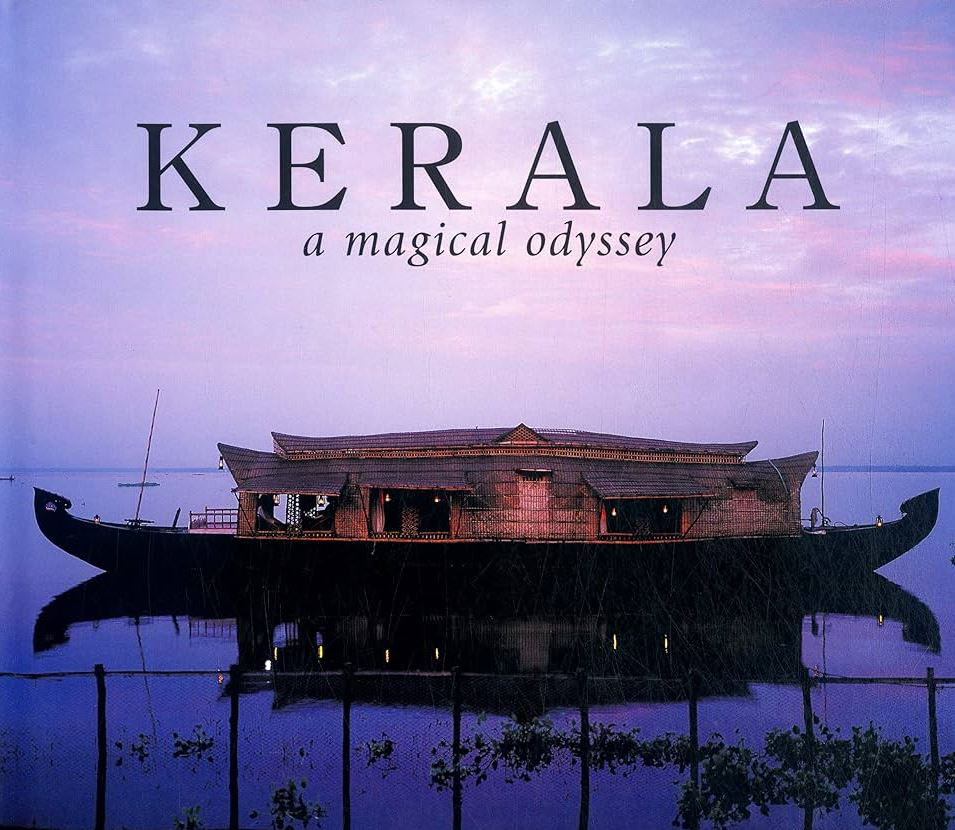
Book Review by Bene Eapen
Title of the Book: Kerala A Magical Odyssey
Name of the Author: Rupinder Khullar and Roop Singh
Genre: Travel
Language: English
My View:Kerala is known as the land of coconuts and spices. Its peaceful and tranquil landscapes, majestic waterfalls, sprawling tea estates, fascinating customs, food and people make it a perfect getaway. A Magical Odyssey brings on the platter all these specialities.
My Rating: Must Read
Central Idea of the Book:
Kerala is generously made up of astounding beauty. The coastal state has received international accolades, including being one of National Geographic Traveller’s “50 Places of a Lifetime”. Its vast stretch of beaches is the first in India to be washed by the monsoon rain every year, while its sprawling tea plantations are among the highest in the world. From verdant greenery to glorious sunsets, from relaxing aromatherapy to red-hot kadala curry and from shy natives to energetic Kathakali dancers, Kerala is a land where myth and reality still interweave, and where paradise and earth collide. Kerala: A Magical Odyssey provides readers with a vivid panorama of the state’s natural splendour, its people and their way of life.
Mega Festival in India to Watch Out For
Maha Kumbh Mela, Prayagraj (Allahabad)
10th January 2025 to 05th March 2025
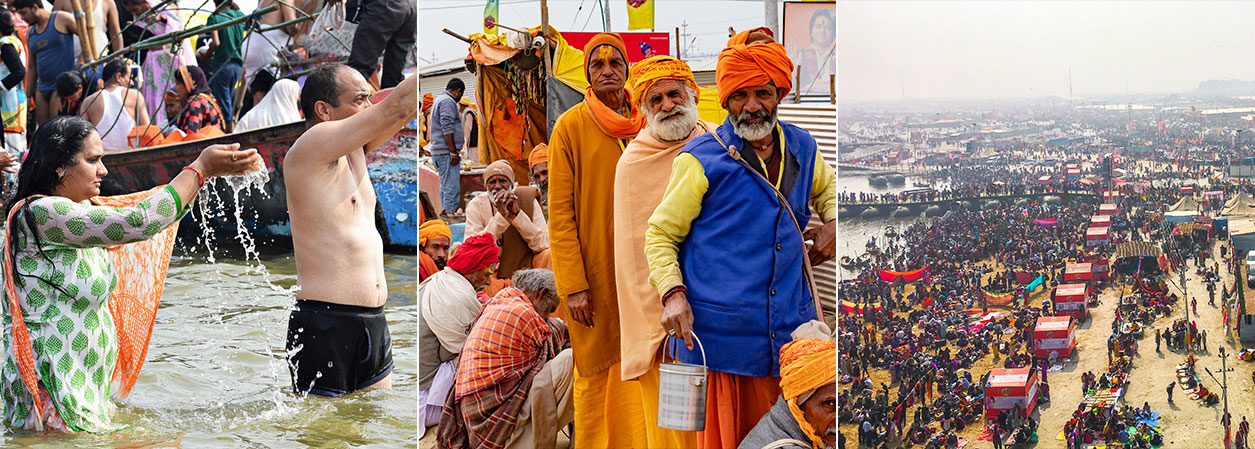
Sometime in 1895 after visiting the MAHA KUMBH MELA in Allahabad (now Prayag), American writer Mark Twain, left awestruck by the grandeur of the event wrote: “These pilgrims had come from all over India; some of them had been months on the way, plodding patiently along the heat and dust, worn and poor, hungry, but supported and sustained by an unwavering faith and belief. It is wonderful, the power of faith like that, that can make multitudes upon multitudes of the old and weak and the young and the frail enter without hesitation or complaint upon such incredible journeys and endure the resultant miseries without repining. It is done in love, or it is done in fear, I do not know which it is. No matter what the impulse is, the act borne of it is beyond imagination, marvellous to our kind of people, the cold white”
The Kumbh Mela takes place every three years at one of four locations: Prayag (formerly Allahabad), Haridwar, Nashik, and Ujjain. The festival holds particular significance at the conclusion of the 12-year cycle. Known as the MAHA KUMBH MELA, Prayag is the chosen venue where a temporary mega city springs up on the riverbanks complete with roads, bridges, sanitation, power grid, hospitals, and a police force of over 12,000 personnel on an otherwise uninhabited floodplain that was under water only a month before the start of construction. In the three weeks after the end of the festival, the entire mega city is disassembled and the plain returned to the rivers, which would flood it again a month later. In five months this entire megacity, which sustains a population of about 3 to 30 million every single day (roughly the combined populations of Belgium and the Netherlands) rise, flourish, fade and disappear.
The largest peaceful assembly of humanity in recorded history
The Maha Kumbh Mela reached unprecedented proportions in 2001 with 70 million pilgrims, marking it as the largest peaceful assembly of humanity in recorded history. In 2013, when the Maha Kumbh Mela ended on March 10, an astonishing 100 million people had gathered at the Sangam, the confluence of the Ganga, Yamuna, and the mythical Saraswati River, for a holy dip.
Did you know?
- The Hindus believe that taking a ritual bath at the Sangam during the Maha Kumbh Mela, earns one religious merit equal to one hundred thousand Pradakshina (circumscribing around) of the Earth?
- The Maha Kumbh Mela has a lost and found counter where 10,000 people (who get lost in the sea of humanity) are united with their loved ones?
Auspicious Dates for a holy dip during the Maha Kumbh Mela 2025:
- 13th January 2025
- 14th and 15th January 2025
- 29th January 2025
- 2nd February 2025
- 12th February 2025
- 26th February 2025
These auspicious dates for a holy dip witnesses the maximum number of pilgrims during the Maha Kumbh Mela. It is a fantastic opportunity not only to witness a grand spectacle of pilgrims in millions jostling to take a dip at Sangam, but also observe how faith moves people in India in more ways than one. Each date has its own significance. 29th January 2025, for example, is the day of Mauni Amavasya or the New Moon of the Saints when after years of rigorous practice, Sadhus (Saints) receive their first initiation and are accepted into the fold of their respective Akharas (religious groups). Several Akharas take part in the Maha Kumbh Mela and the Sadhus of these Akharas reserve the right to take the first dip in the Sangam at an astrologically appropriate time.
Stay tuned for more and get in touch with your relationship manager for further details on the itinerary, accommodation, rates, and logistics.
RESOURCES
SITE LINKS
CONTACT US
+ 91 (124) 4563000
Tower B, Delta Square, M.G. Road, Sector 25, Gurgaon - 122001, Haryana, National Capital Region of Delhi, India


